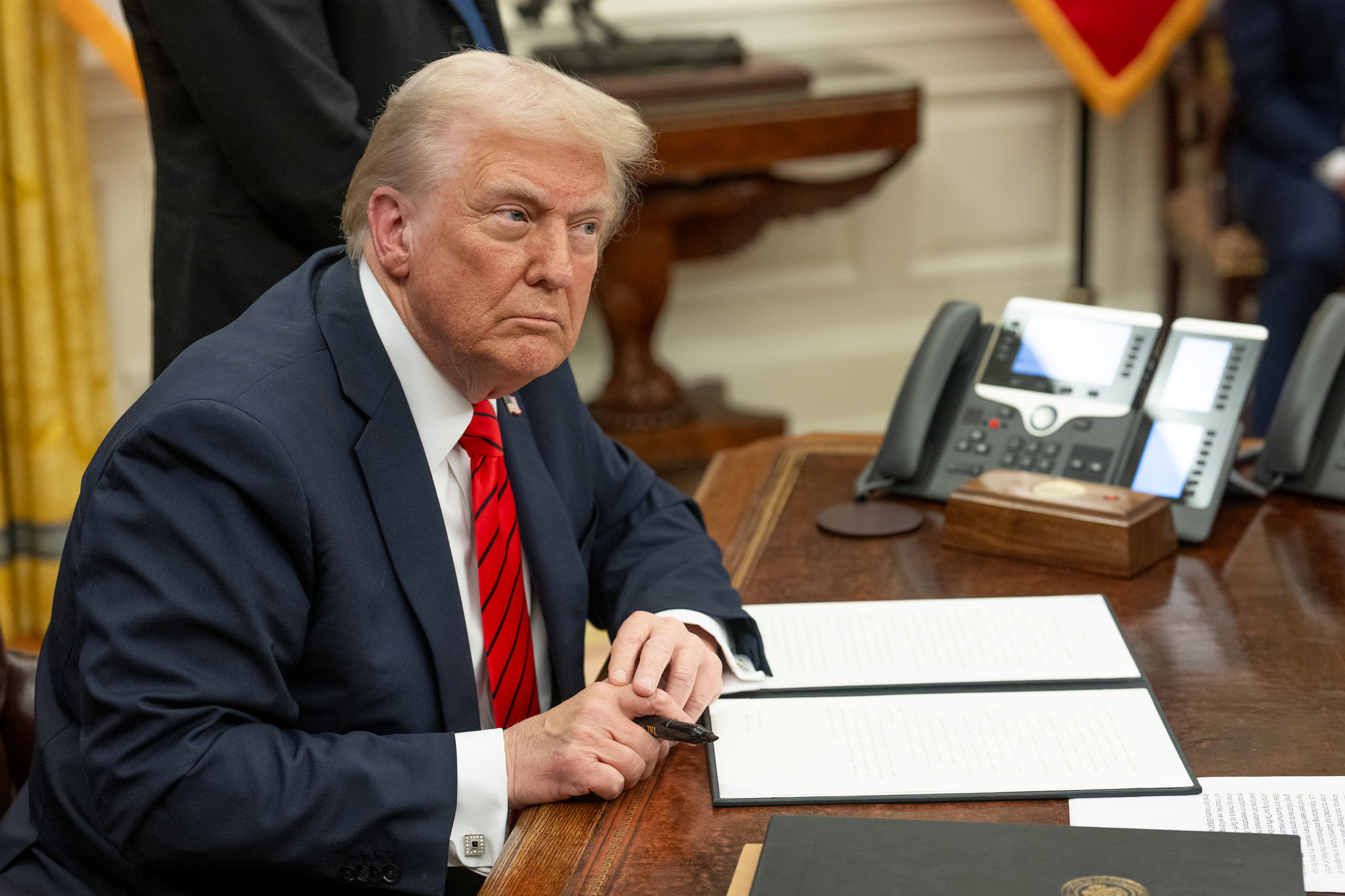How the Treasury is scrambling to stop default — or mitigate its fallout
The country is embroiled in its most risky debt ceiling standoff in more than a decade, and Treasury officials are working both publicly and behind the scenes to prepare.
The so-called X-date, the point at which the Treasury will not be able to make payments on incoming bills on time and in full, is fast approaching — possibly as soon as next month. The United States has never defaulted on its obligations in all of the times that Republicans and Democrats have sparred over the ceiling — instead, negotiators have come to terms and passed legislation to lift the limit. Still, given how dug in both sides are, there must be preparations for what would happen in the case of default.
HOW THE DOMINOES WILL FALL IF THE WORST HAPPENS WITH THE DEBT CEILING
Publicly, Treasury Secretary Janet Yellen and other Treasury and White House officials have been sounding the alarm about just how catastrophic a default would be for the U.S. economy. They have been advocating raising the ceiling without legislating cuts to spending levels, as Republicans are hoping to do.
Privately, Yellen has been working the phones to generate support on Wall Street for a push to raise the debt ceiling. She has been having conversations with major CEOs and business leaders to discuss the “catastrophic” effects that would occur if the country defaulted, according to Reuters. One source said the calls were to warn them about the “dangerous consequences of the current brinkmanship.”
Yellen appears to be acting on the hopes that business leaders might be able to sway Republican lawmakers, who largely support House Speaker Kevin McCarthy’s (R-CA) stance that an increase to the debt ceiling should be tied to spending reforms.
There are also likely machinations going on behind the scenes in the slim chance that the U.S. does default — a scenario that would send shockwaves through the global financial system.
Robert Van Order, professor of finance and economics at George Washington University, told the Washington Examiner that it is possible federal officials are planning to prioritize payments should the U.S. actually end up defaulting.
Prioritizing payments — that is, paying some bills while allowing others to go unpaid — has been discussed in the context of past debt limit standoffs, but officials have repeatedly said that doing so would be unfeasible. But Treasury’s hand could be forced by stalled negotiations, necessitating plans for post-default operations.
“It’s not like they will have no money, they just won’t have enough, and so they’ll have to figure out what they pay and what story they’ll tell in the capital markets about how soon it will all be fixed,” Van Order said.
During a standoff with Republicans in 2011, the Treasury developed a contingency plan to use incoming tax revenue to keep making payments on the principal and interest on the federal debt. Other payments would be delayed until they could be paid in full as new tax payments came in. Cuts to government expenditures would grow worse each day that ticked by.
Then-Treasury Secretary Jack Lew testified in 2013 that doing so would be very difficult, given that critical government programs could be put on the back burner in favor of others. “I don’t know how you could possibly choose between Social Security and veteran’s benefits, between Medicare and food assistance,” he said.
Van Order said that officials might also be preparing for other, more out-of-the-box options to avoid default.
President Joe Biden could try to move beyond negotiations entirely and raise the debt ceiling through the 14th Amendment. Biden said Tuesday evening that he was weighing such an option.
The controversial move was discussed by the Obama administration during the 2011 standoff, although his lawyers weren’t confident.
The concept is predicated upon a broad reading of Section 4 of the amendment, which reads, “The validity of the public debt of the United States, authorized by law, including debts incurred for payment of pensions and bounties for services in suppressing insurrection or rebellion, shall not be questioned.” The idea is that Biden would simply direct the Treasury to issue new debt based on the 14th Amendment, despite lacking congressional authorization to do so.
Such a move by Biden would undoubtedly trigger legal challenges — which, of course, would be anticipated by officials who have been planning for all scenarios with the current standoff.
Yellen has notably not ruled out invocation of the 14th Amendment, although she has said it wouldn’t be a good option.
“There is no way to protect our financial system in our economy other than Congress doing its job and raising the debt ceiling and enabling us to pay our bills. And we should not get to the point where we need to consider whether the president can go on issuing debt. This would be a constitutional crisis,” Yellen said over the weekend.
There is also the even more unlikely possibility of the Treasury trying to mint a $1 trillion platinum coin.
CLICK HERE TO READ MORE FROM THE WASHINGTON EXAMINER
A provision in a law intended for developing commemorative coins allows the Treasury to mint a platinum coin in any denomination. In theory, the Treasury could mint such a coin with a $1 trillion face value and simply deposit it in the Treasury’s account at the Federal Reserve. The Treasury could then draw on the funds without having to issue new debt.
In 2013, during yet another fight over the debt ceiling, the Treasury Department said it doesn’t think the commemorative coin law should be used in that manner, and Yellen herself has dismissed it as a “gimmick.”
" Conservative News Daily does not always share or support the views and opinions expressed here; they are just those of the writer."





Now loading...